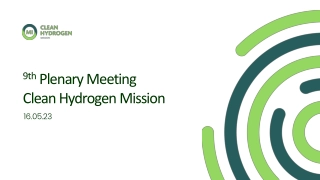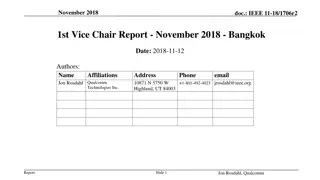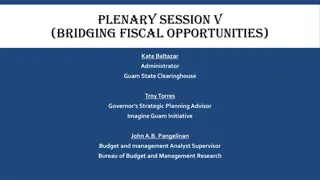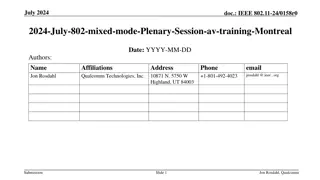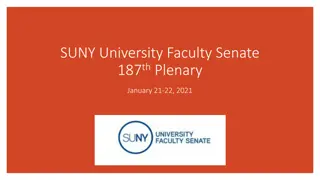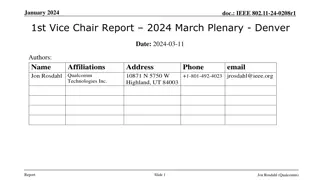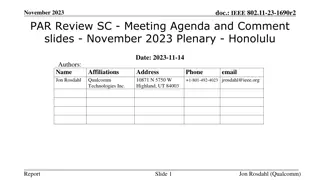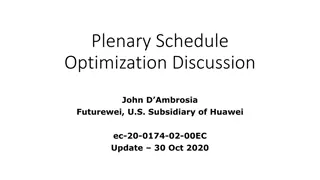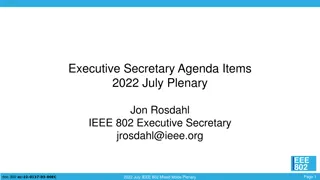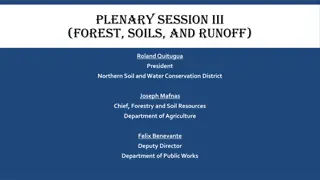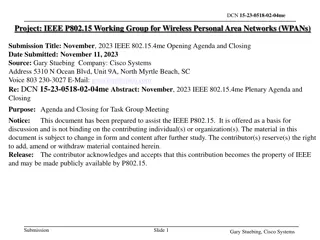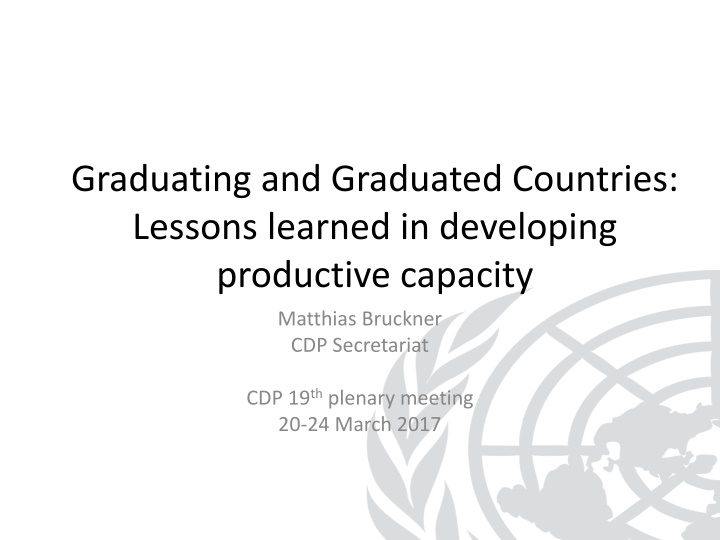
Lessons in Productive Capacity from Graduating and Graduated Countries
Explore the insights shared by Matthias Bruckner at the CDP 19th plenary meeting in 2017 on developing productive capacity in graduating and graduated countries. The discussion emphasizes the importance of major transformations in social and economic structures for sustainable development, with a focus on eradicating poverty and achieving the SDGs. Key lessons from different graduation pathways highlight challenges and opportunities for enhancing productive capacity in various contexts.
Download Presentation

Please find below an Image/Link to download the presentation.
The content on the website is provided AS IS for your information and personal use only. It may not be sold, licensed, or shared on other websites without obtaining consent from the author. If you encounter any issues during the download, it is possible that the publisher has removed the file from their server.
You are allowed to download the files provided on this website for personal or commercial use, subject to the condition that they are used lawfully. All files are the property of their respective owners.
The content on the website is provided AS IS for your information and personal use only. It may not be sold, licensed, or shared on other websites without obtaining consent from the author.
E N D
Presentation Transcript
Graduating and Graduated Countries: Lessons learned in developing productive capacity Matthias Bruckner CDP Secretariat CDP 19thplenary meeting 20-24 March 2017
Background Why? CDP chose topic at Plenary in 2016, follow up to 2016 theme Identify actual policies and strategies chosen New topic? It cannot be over-emphasised that what development implies for the developing countries is not simply an increase in productive capacity but major transformations in their social and economic structures. CDP Report to ECOSOC 1970 Who? Inputs from CDP Sub-group (Dzodzi, Keith, Le Dang, Onnalena, Rashid, Tea, Vitalii) CDP Secretariat (Dan, Marcia, Matthias, Roland); Tes Teffachew (ex- UNCTAD) How? Inputs, consolidated paper, EGM, revised paper
CD Framework on expanding productive capacity for achieving the SDGs
Productive capacity and poverty eradication 1. Building productive capacity and poverty eradication intrinsically linked Decent jobs Structural transforma tion Poverty eradication Productive capacity Social protection Economic growth per se insufficient Policies in all five elements of framework needed Advantage of CDP framework Link increasingly known, but what policies? Eradication of poverty requires focus on countries where problem is most severe: LDCs 2.
Graduation pathways Graduation requires generating income (GNI pc), building human assets (HAI) and/or reducing economic and environmental vulnerability (EVI) Graduation related, but not identical to building productive capacity for sustainable development Pathway I: Rapid growth through resource extraction. Small progress in HAI and EVI Pathway II: Economic specialization and investments in human assets Pathway III: Investment in human assets and (often slow) structural transformation Pathways are no choice variable
Main lessons - Pathway I Angola, Equatorial Guinea Oil drives rapid economic growth Human assets remain very low, vulnerability high Weak development governance is key constraint Insufficient reinvestment of resource rent Public expenditures misaligned with priorities Risk of overinvestment in infrastructure Budget rules and wealth funds work only if backed by strong governance Vicious cycles: Resource dependence feeds weak governance and reduces urgency for diversification away from resources Scope for industrial and sectoral policy limited (Dutch disease, )
Main lessons - Pathway II Landlocked: Botswana, Bhutan SIDS: Cabo Verde, Maldives, Samoa, Vanuatu, Solomon Islands Income channeled into building human assets Vulnerability remains high; exogenous Good development governance main factor Absence or restoration of conflict critical Economic specialization: natural resources or tourism Only some diversification, but difficult Small linkages and employment effects Persistent inequalities Policies for harnessing external sources of finance for investments FDI, ODA, bilateral agreements, remittances
Main lessons - Pathway III Larger economies: Bangladesh, Ethiopia, Rwanda State-led development Slow structural transformation Development governance built after war and conflict Active State, ensuring coordination of economic activities Agriculture and rural areas first Successful capital accumulation Innovative social services delivery Trade preferences can work, but require basic capacities, right market conditions and domestic policies
Moving the work forward Feed into UN process (HLS/HLPF/IPoA) Wider dissemination (see later this week) Utilize for capacity development UN DESA and beyond (EIF, ) Utilize for related work UNCTAD productive capacity indicators Others
Thank You Contact: Matthias Bruckner Committee for Development Policy Secretariat Department of Economic and Social Affairs United Nations email: brucknerm@un.org http:// www.un.org/en/development/desa/dpad CDP Secretariat/UN-DESA


